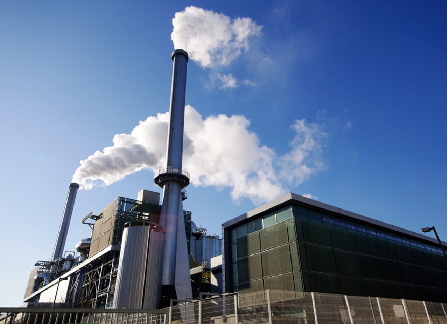Fracking for nonattainment: Eagle Ford Shale and formaldehyde levels
August 19, 2010'Fracking' yields fuel, fear in Northeast
September 3, 2010The Center for Healthy Environments and Communities has received numerous requests for information on how Marcellus shale gas extraction operations might contribute to air quality problems throughout the PA-NY-WV region, how air quality problems might develop in other shale plays around the country, and the potential human exposure to specific air contaminants generated in these processes. We are addressing this question in a very thorough academic fashion now by looking at the industrial processes involved from site clearance, to well drilling and hydrofracturing, to gas processing and methane and byproduct transport; we are developing conceptual site models of human exposure to contaminants generated by this very complicated industry with many sub-operations.
A conceptual site model is a written and/or pictorial representation of an environmental system and the biological, physical and chemical processes that determine the transport and fate of contaminants from a source, through environmental media (air, groundwater, surface water, sediment, soils, and food) to environmental receptors (humans, aquatic and terrestrial organisms can all be environmental receptors) and their most likely exposure modes (ASTM, 2008). Again, because there are many sources and types of contaminants to understand and uncover within each gas extraction process, it will take until mid-fall to complete this study. In the meantime, here is basic information on potential air quality impacts from shale gas extraction activities.
Part I of this series explains how organic compounds in the shale layer itself can be mobilized during the hydrofracturing and gas extraction process and volatilized into the air from frac ponds, impoundments, and pits, as well as from condenser tanks, cryo plants and compressor stations – and become Hazardous Air Pollutants (HAP’s).
Part II explains how volatile organic compounds (VOC’s), which are HAP’s, form ozone in the lower atmosphere (otherwise known as ground level ozone) and uses maps generated



